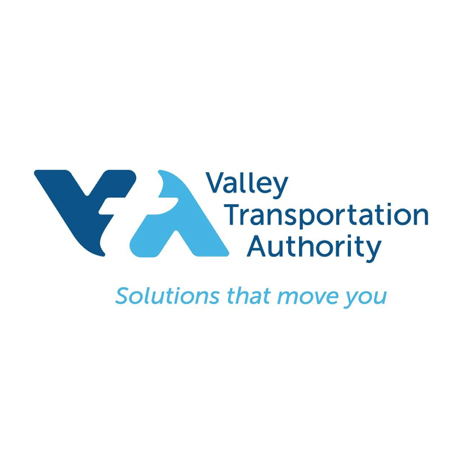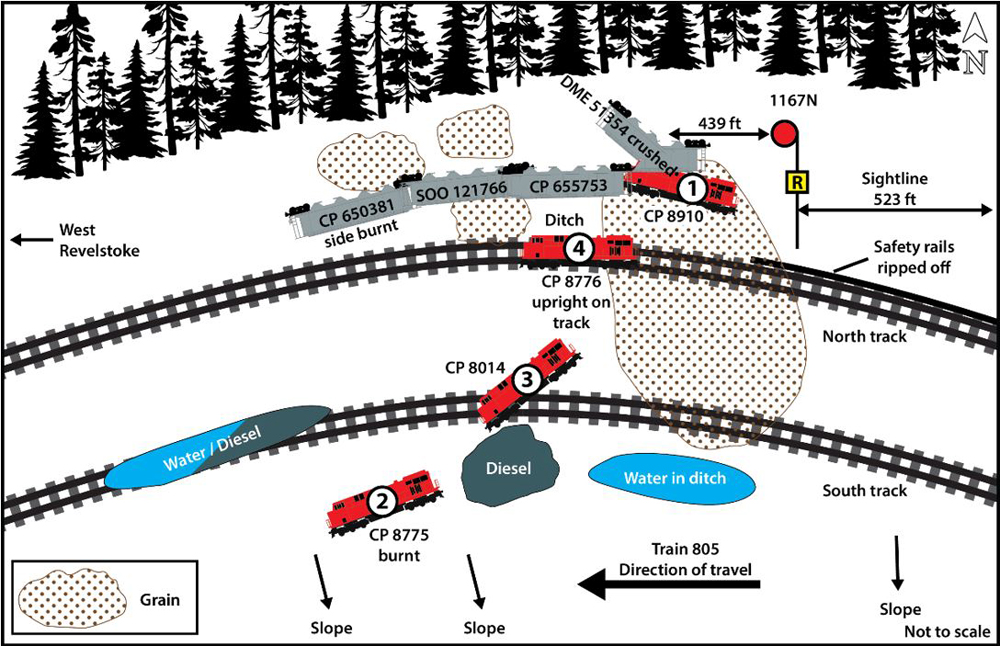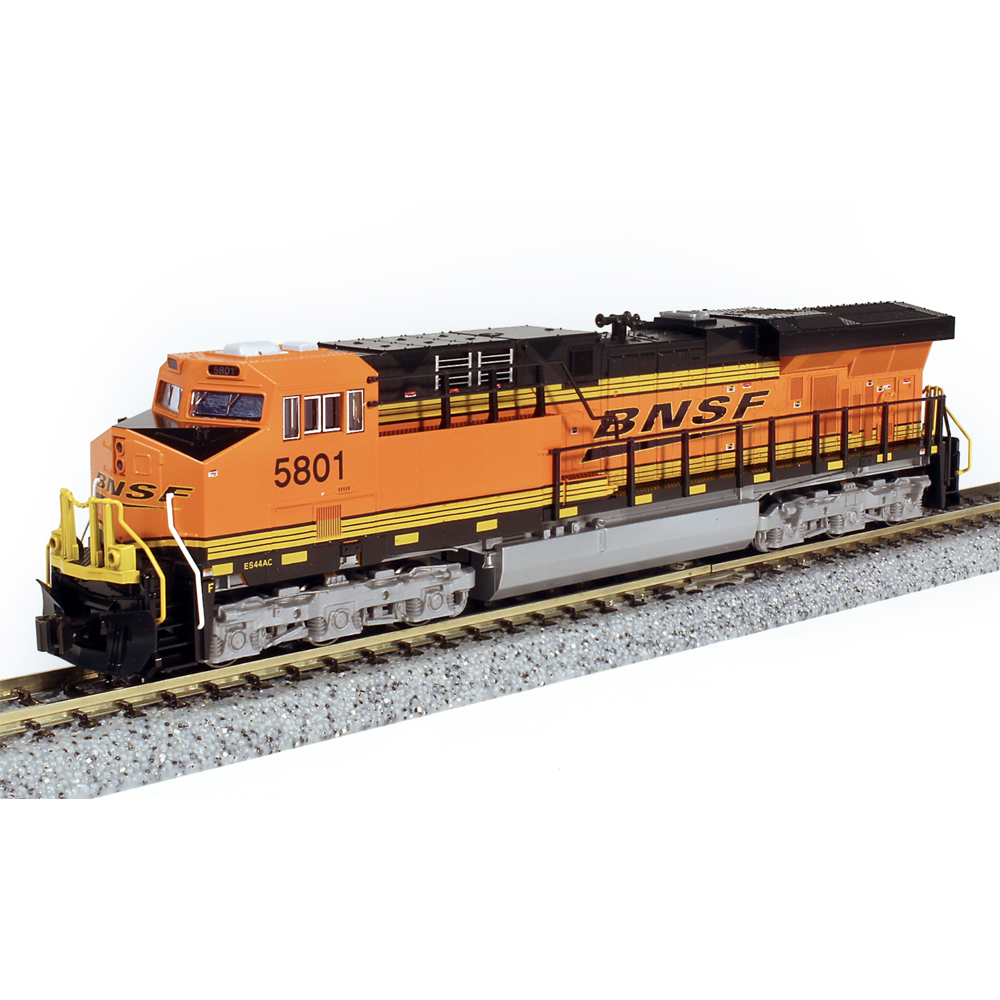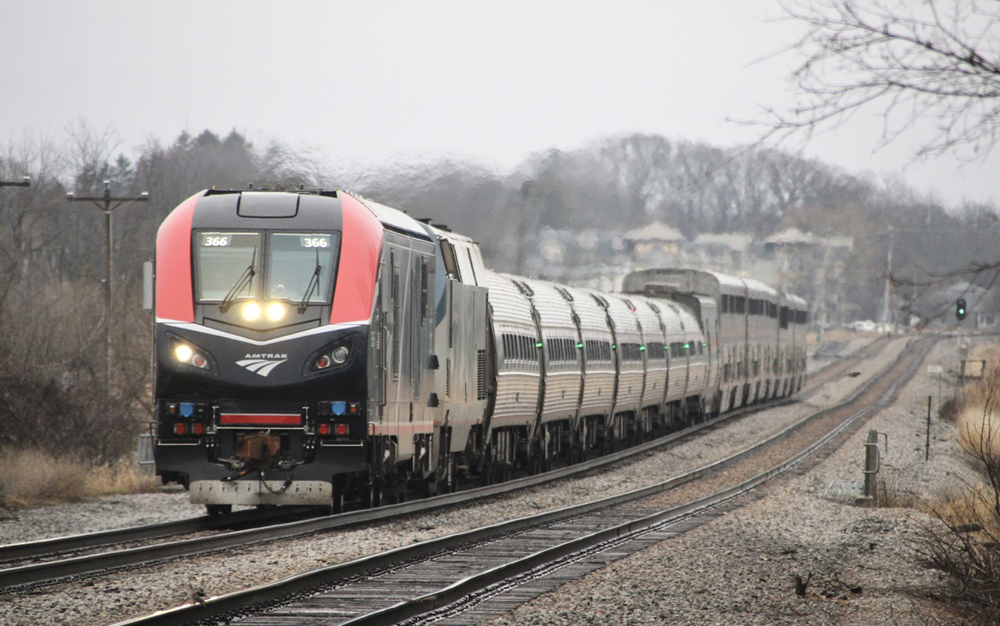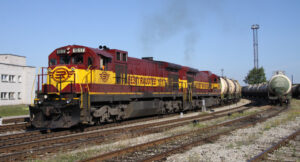
A former Union Pacific GE C36-7 locomotive is being rebuilt in the small Eastern European country of Estonia to operate using liquefied natural gas, the first of a series of planned conversions. Freight company Operail began work on the first locomotive in early February, after plans to undertake the project last year were delayed by the coronavirus pandemic affecting material suppliers.
The conversion, which will likely cost $300,000 per loco, will produce a hybrid able to run on both diesel and LNG. The existing fuel tank, which can hold almost 4,800 gallons of diesel fuel, will be divided into three sections for storing LNG and diesel, with diesel tanks at the edges and LNG tanks in the middle. The locomotive engine will be modified for dual-fuel use — able to run on both fuels at once, or just diesel if the LNG supply is used up. A digital information system to obtain and analyse energy consumption information will be installed.
LNG is a clear, colorless, non-toxic liquid which forms when natural gas is cooled to minus-162ºC (minus-260ºF). The cooling process shrinks the volume of the gas 600 times, making it easier and safer to store and ship, meaning it can be used far from the gas field where it was obtained.
Following a test period, Operail will decide how many more locomotives to rebuild. Currently the company has 30 C36-7 locomotives in service. Operail anticipates the converted loco will save 30% on fuel costs while emitting 20% less carbon dioxide and 70% less sulphur dioxide.
Operail, owned by the Estonian government, inherited the former U.S. locomotives. A fleet of 58 GE-built, ex-UP C36-7s (originally Missouri Pacific), plus 19 ex-Conrail C30-7A locos, were overhauled in the U.S and exported to Estonia, re-gauged to 1520mm (5-foot gauge, often referred to as Russian gauge), in 2002-03. They replaced old Soviet-built engines when the business was run by private company Baltic Rail Services (trading as Eesti Raudtee), backed by investors including U.S. companies Railworld and Railroad Development Corporation. A few years after the locomotives were imported, the company was sold back to the government and renamed EVR Cargo (since renamed to Operail).
Of the 58 C36-7 locomotives, 30 are currently in use. The C30-7 locos were mostly taken out of service within a few years and stored at shops in Tallinn and Tapa, although some have been heavily remanufactured with new bodywork and Caterpillar engines in the last two years for use in Estonia and Ukraine.
Other countries try LNG locomotives
Other countries neighboring Estonia are also looking at LNG powered locos. Neighboring Baltic State Latvia is also experimenting with LNG-diesel hybrid conversions, using 1970s-vintage, Czech-built switchers. Russia, home to vast natural gas reserves, has undertaken multiple projects for locomotives powered only by LNG. Russian Railways, which has announced this year that all new locomotives bought after 2025 will be either electric or natural gas powered, is testing several LNG powered locos. This includes a twin-unit, 16-axle, 11,100-hp, LNG-powered type GT1h loco used in Siberia and able to single-handedly haul 17,600-ton trains, and smaller TEM19 LNG-powered switchers.
Russian natural gas company Gazprom also has LNG-powered switchers in use on the on its privately owned Obskayaâ “Bovanenkovo line, the northernmost railway in the world on the Yamal Peninsula in the Arctic.
In the U.S, Florida East Coast has 24 GE ES44C4 locos combined as pairs with an LNG fuel tender tank car. The locos have been retrofitted with dual-fuel kits supplied by GE, enabling operation with both diesel and LNG. They average 900 miles between LNG refuelling stops.






